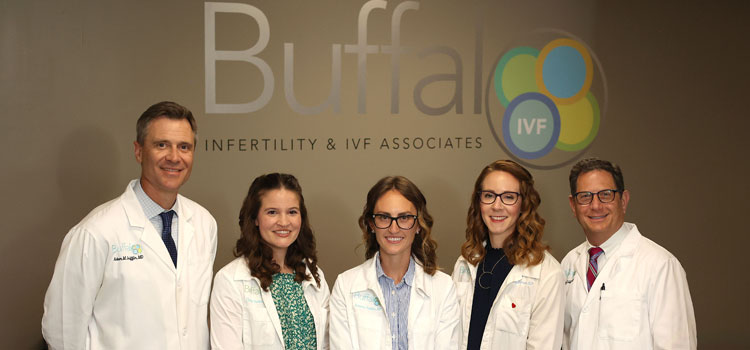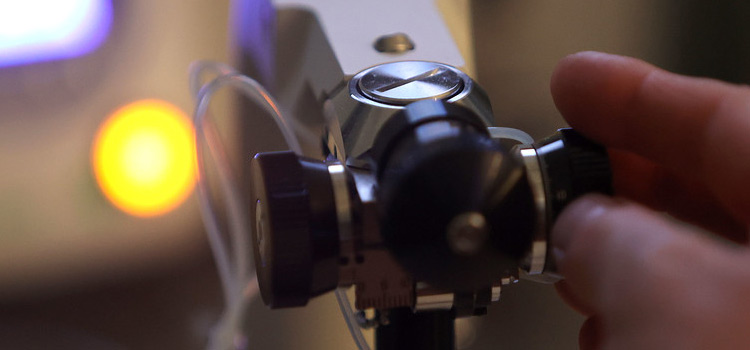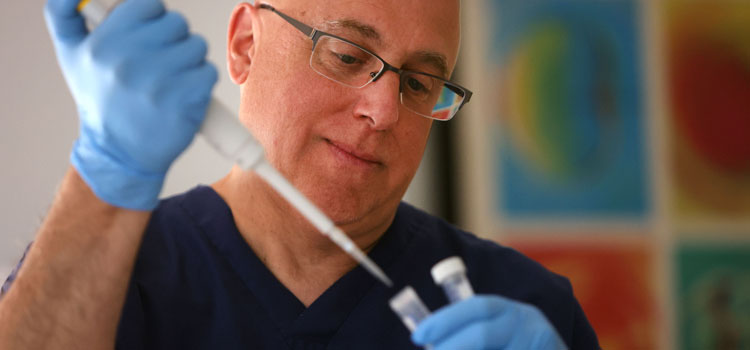Infertility Education
Disorders Of The Uterus And Fallopian Tubes
Every month, the ovary releases an egg into the fallopian tube where it meets the sperm. If it fertilizes, the egg travels to the uterus and attaches to the uterine lining. If the fallopian tube is damaged or blocked, a sperm cannot meet the egg. According to ASRM, approximately 25 – 35% of infertility is due to blocked fallopian tubes.
To assess for fallopian tube blockages, we utilize a test called a Hysterosalpingography. This word is often shortened to the acronym HSG.
HSG
A Hysterosalpingography is a standard test that utilizes an X-ray to view your fallopian tubes and uterus. It is performed in the early follicular phase of the cycle, after your period has ended but likely before you ovulate.
What is an HSG?
A HSG is typically done in a hospital setting. A very small amount of radiopaque dye is passed through a catheter gently filling your uterus and fallopian tubes. With the X-ray machine, the provider can see an outline of your uterus and fallopian tubes. This will allow us to assess the shape and contour to determine if there are blockages.
Besides being a diagnostic tool, the HSG has been shown to be of therapeutic benefit as well. Approximately 30% of patients who have a normal HSG will conceive over the next 6 months. One theory states that the liquid injected into the patient may dislodge intratubal mucus plugs, stimulate the tubal cilia or breakup intratubal adhesions – allowing for better movement of eggs, sperm and embryos.
Uterus Disorders
There are several uterine disorders that can affect the likelihood to conceive. These include Fibroids, Polyps and Uterine Scar Tissue (also called Asherman’s syndrome).
Further evaluation of the uterine cavity should be considered for any woman who has abnormal uterine bleeding, abnormal cavity noted on the HSG, or history of repeated miscarriages. Uterine fibroids are a common finding and occur 15-20% of women over the age of 35.
Rest assured, every patient starts with a full workup and assessment to determine a baseline. A provider from Buffalo IVF will discuss your results and together, we will determine the best next steps in your fertility journey.












